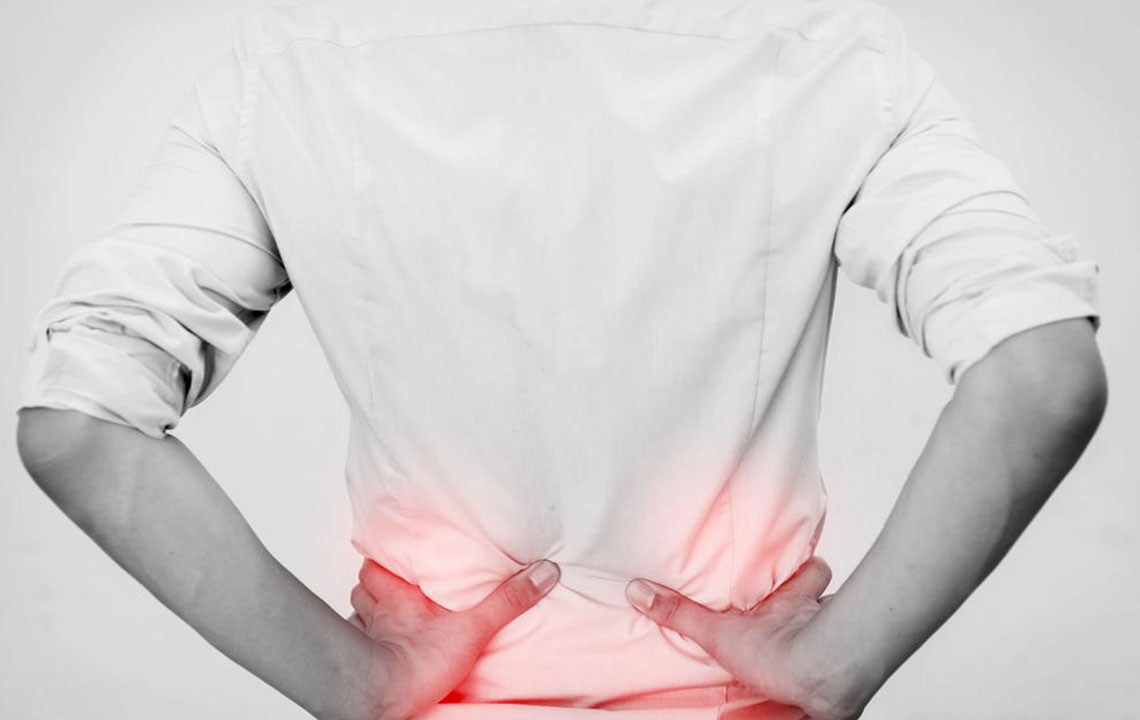Here are Your Treatment Options For Hip Pain

The hip is one of the most important joints in our body. It is a pivotal joint, designed to withstand repeated motion and different types of movement. The cartilage between the joints and the muscles in this region protects the hip joint from many types of injuries.
Hip pain is one of the most common types of pain experienced by people. In the past, hip pain was a problem synonymous with aging, and only a problem for the elderly. However, it is affecting people in their 30s and 40s.
While there are different ways by which you treat hip pain, it is important to know the causes first.
Causes Of Hip Pain
We live in a world where overexertion and constant exhaustion are fast-becoming the norm. Many medical practitioners believe that hip pain is no longer confined to a particular age group, but can affect almost anyone. Additionally, if a person falls down on his or her back from a certain height, hurting the back and hips are not uncommon. This is a situation where even children could get badly hurt. Another cause for hip pain could be arthritis. In case you’re having a problem with your hip joint then the pain can easily extend to your buttocks, thighs, and groin, severely affecting them.
You can use the following treatment procedures to get relief from hip pain:
Treatment
Hip joint problems are one of the most common forms of imbalance that a large number of people experience. Severe hip pain can affect your daily activities too and make your life miserable. This article will now help you understand the various steps and treatments that you can take to cure your hip pain:
- Weight Management – This is one thing that we all know and often choose to ignore. Yes, this must be borne in mind while you try to address your hip pain. Most doctors are clear on the fact that weight reduction and management is one of the most effective treatments for hip pain. This is how you reduce the burden on your hip joint. This can help ease and control hip pain in the long run
- Workout – Physical exercise is another one of the best treatments for hip pain. This is a process that lubricates your hip muscles and provides extra oxygen to the rest of the body. As far as your workout goes, you can do any type of exercise. As long as all your muscles are stretched properly, and the different parts of your body get enough oxygen, and your blood is pumping faster, it’s good for your system! As for your hips, you can easily do various circulating movements that work as excellent treatments for hip pain. However, if the hip pain is excruciating, then any type of movement can be harmful. Only practice your workouts under the guidance of a qualified and knowledgeable trainer who understands your specific requirements and needs.
- Ointments – Most people do have the practice of using gels, ointments or pain removal creams. These are analgesic balms that can provide temporary relief from pain. Often, doctors prescribe balms and sprays as treatments for hip pain. You can apply balms and sprays twice a day for around a week. This can be quite helpful for treating your hip pain.
- Medicines – If your hip pain has become chronic, then medicines happen to be one of the best forms of treatment for hip pain. A large number of people opt for medicines over surgery. In this context, we see that most of the medicines aim to give relief to the patients from muscle cramps. Doctors also prescribe a warm water-bag compress for better circulation and pain relief.
- Surgery – Surgery is the last resort to treat hip pain. Cases where inflammation or muscle injuries have taken a much more severe turn, are the ones where surgery is opted for. These are for critical situations and can be quite a lengthy, tricky procedure.
There is a range of treatments for hip pain. Even alternative treatments like Ayurveda and other forms of therapy like physical exercise and physiotherapy can be done with the correct guidance. The choice of treatment depends on the nature and how acute the problem is. It will vary from case to case. Often, a mixture of two forms can be done so the patient attains better results and quicker, more complete relief. Even doctors often prescribe a combination of multiple treatments for the ideal method to give you relief.


